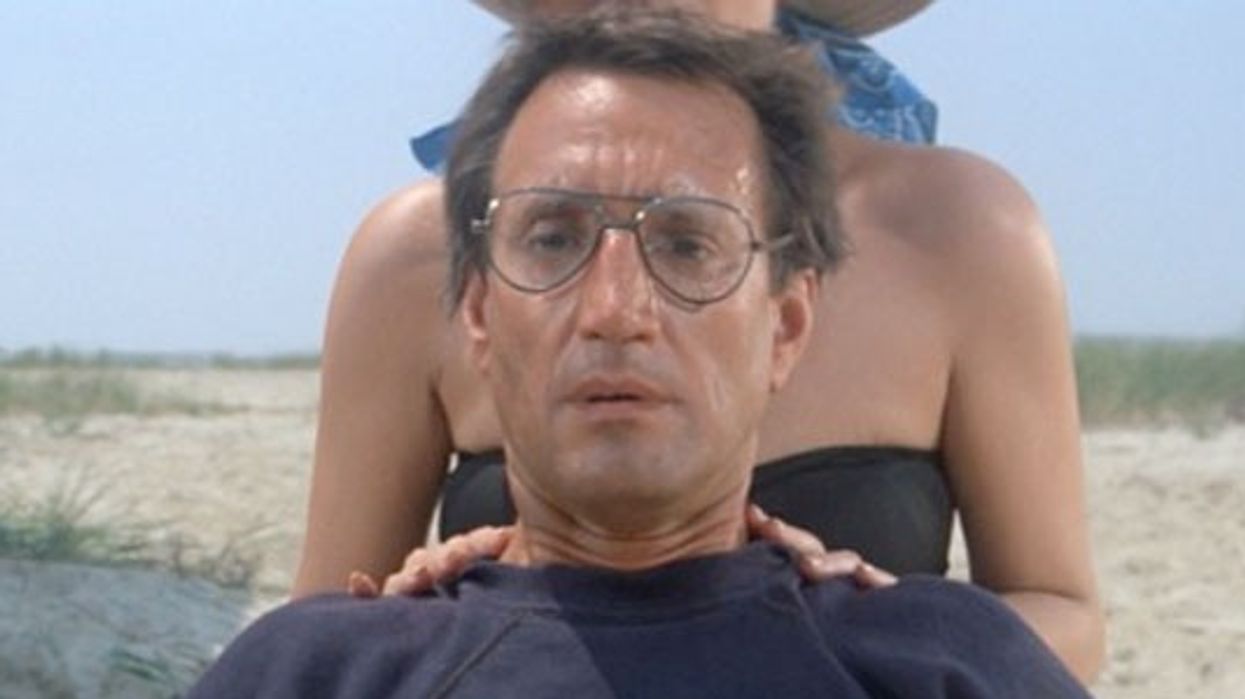Watch: The Subtle Differences Between a Zoom and a Dolly Shot
There are numerous way to dive deeper into an image.

Even if it's currently out of fashion amongst cinematographers' go-to storytelling devices, the zoom can be an effective, image-enhancing choice perfect for thematic purposes. By merely mentioning the word "zoom," we're pretty sure a classic example immediately popped into your head: Was it John Alcott's famous shot zooming into Jack Nicholson's glazed over face in Stanley Kubrick's The Shining? Douglas Milsome's zoom into Vincent D'Onofrio's similarly possessed face in Kubrick's Full Metal Jacket?
In a new video presented by Fandor, the history of the zoom is laid out, along with a highly invaluable note: its definition. For far too long, our old friend has been confused with a Dolly shot due to its, at first glance, shared visual similarities.
Below, the video breaks down the differences between the two along with, as evidenced by the image above, when they both can merge.
A Zoom is not the same thing as a Dolly
That's right, the two are not the same! A Zoom shot requires an adjustment in lens focal length while a Dolly requires the actual physical movement of a camera. What does that mean? You need not move a camera forward nor backward in order to pull off a Zoom; it's, in essence, a magnification of an image.
A Dolly, however, is more human-like, the act of moving closer (or further away) to an object, with everything to your left and right side taking on greater weight as a result. "Dollying changes the spatial relation to the surroundings of the subject," the video explains with examples, "while Zooming does not."
A Zolly is the convergence of a Zoom and a Dolly
What if you wished to perform a Zoom while simultaneously moving the camera toward an object (ala a Dolly shot)? That's totally possible and has been used to great, disorienting effect in such films as Steven Spielberg's Jaws and Tobe Hooper's Poltergeist. It's quite a visual workout on the eyes and, in turn, on how your brain processes a contrasting, shifting movement.
Whether a Zoom, a Dolly, or a Zolly, your choice should have meaning
Of course, there's no "right" choice in making these decisions. Each works for different narrative purposes, and it's up to the filmmakers to determine the worth of each (or how to combine the two). As the video makes clear, filmmakers like Wes Anderson and Quentin Tarantino (using a breakneck quick crash zoom) are fans of the Zoom for its romantically nostalgic, genre-adoring implications. Other filmmakers, Edgar Wright being one such example, use it for ample comedic effect. The choice is yours, but there should be a reason behind that choice.
What's your take on the Zoom and the Dolly? Can you spot the subtle differences between the two? Let us know in the comments below.
Source: Fandor











